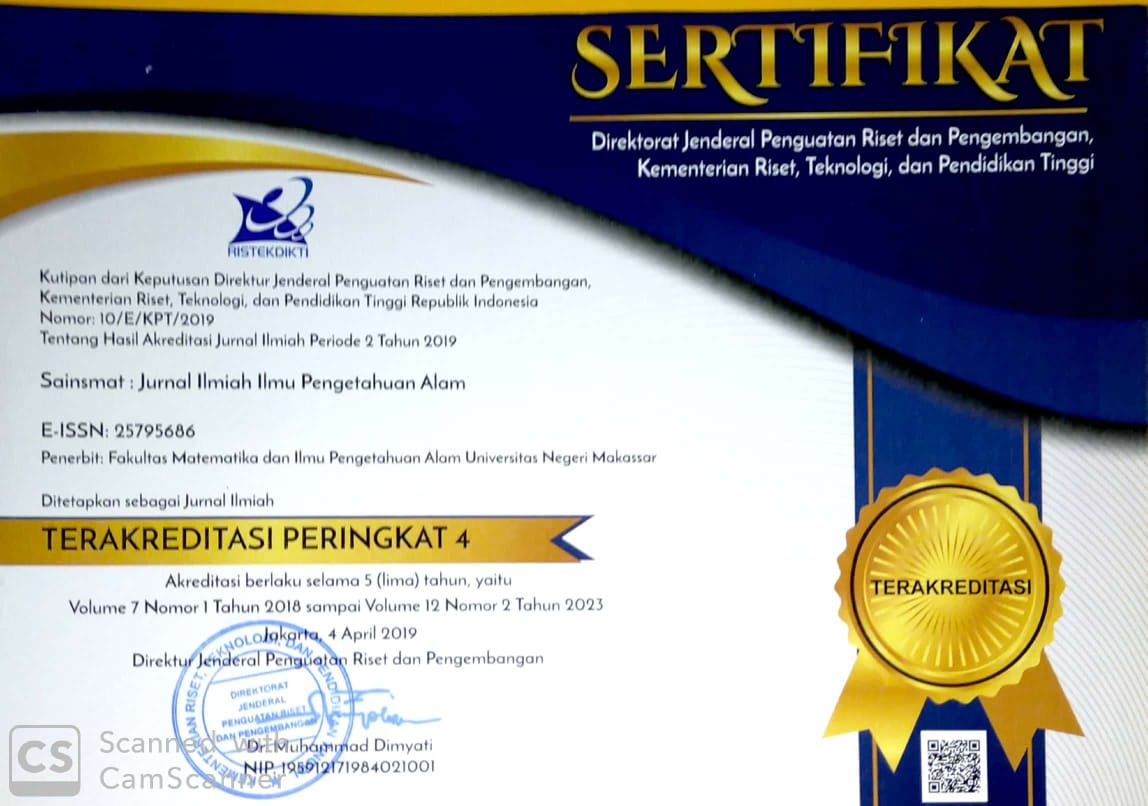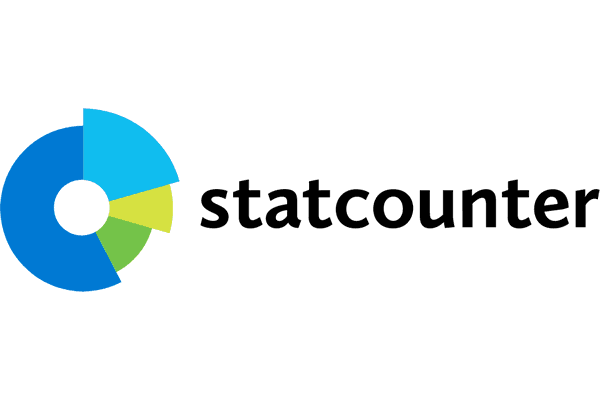Generalized Space-Time Autoregressive Integrated Moving Average (GSTARIMA) Modeling in Forecasting Covid-19 Cases in Indonesia
(1) Statistics Study Program, FMIPA UNM
(2) Statistics Study Program, FMIPA UNM
(3) Statistics Study Program, FMIPA UNM
(*) Corresponding Author
DOI: https://doi.org/10.35580/sainsmat121442822023
Abstract
Covid-19 is an infectious disease caused by Severe Acute Respiratory Syndrome Coronavirus-2 (SARS-CoV-2). The spread of Covid-19 in Indonesia has grown rapidly that the World Health Organization (WHO) has declared Covid-19 a pandemic. Covid-19 cases have spread to 34 provinces in Indonesia. Covid-19 data in Indonesia involves space and time so the appropriate modeling is the space-time model. Space-time modeling of the Covid-19 case in 34 provinces in Indonesia using the Generalized Space-Time Autoregressive Integrated Moving Average (GSTARIMA) model has not been carried out. The purpose of this research is to get the best GSTARIMA model and forecat the Covid-19 case for the next several times. This model incorporates time and location interdependence with different parameters for each location. Identification of the order of the AR and MA was carried out through the STACF and STPACF plots. For simplicity of interpretation, the spatial order is chosen first order. In this study, the queen contiguity and the inverse distance location weighting matrix were used. The parameter estimation used is Ordinary Least Square (OLS). The results show that the best model for predicting Covid-19 cases in 34 provinces in Indonesia is the GSTARIMA model (1,1,0)1 using an inverse distance weighting matrix with the smallest RMSE value of 1.22.
Keywords: Covid-19, GSTARIMA, Queen Contiguity, Inverse Distance, OLS.
Full Text:
PDFArticle Metrics
Abstract view : 327 times | PDF view : 94 timesRefbacks
- There are currently no refbacks.
Copyright (c) 2023 Rahmawati Rahmawati, Suwardi Annas, Aswi Aswi

This work is licensed under a Creative Commons Attribution-NonCommercial-ShareAlike 4.0 International License.


















